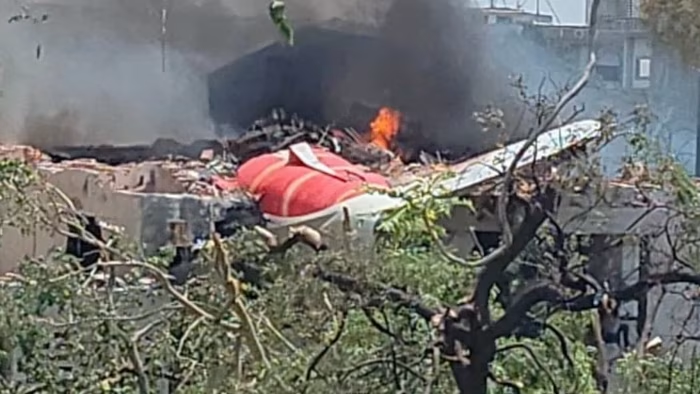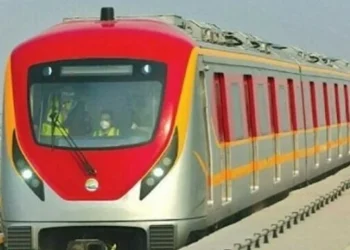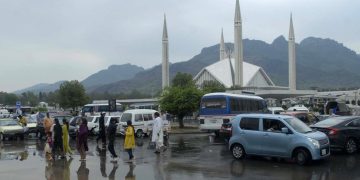The Air India aircraft that crashed in Ahmedabad shortly after takeoff was identified as a Boeing 787 Dreamliner — a model that had already been the subject of serious safety concerns raised by whistleblowers.
In 2024, revelations by Boeing engineer Sam Salehpour prompted U.S. federal authorities to launch an investigation into the company’s manufacturing practices, according to multiple reports from that time.
Salehpour alleged that during production, sections of the 787’s carbon-composite fuselage were improperly aligned, leaving gaps that were either incorrectly filled or overlooked entirely.
He further claimed that Boeing’s internal push to accelerate output led to shortcuts that, over time, could cause structural fatigue, particularly at critical points where fuselage sections are joined.
Boeing, however, has firmly denied that the alleged flaws pose any immediate safety risk to passengers or crew. Nonetheless, the Federal Aviation Administration (FAA) initiated a formal investigation into the matter, which remains ongoing.
Salehpour’s disclosures have been supported by Whistleblower Aid, an organization dedicated to protecting and assisting whistleblowers reporting potential misconduct.
While the direct cause of the Ahmedabad crash is still under investigation, the incident has reignited scrutiny over Boeing’s quality control processes, particularly regarding the 787 Dreamliner.






































